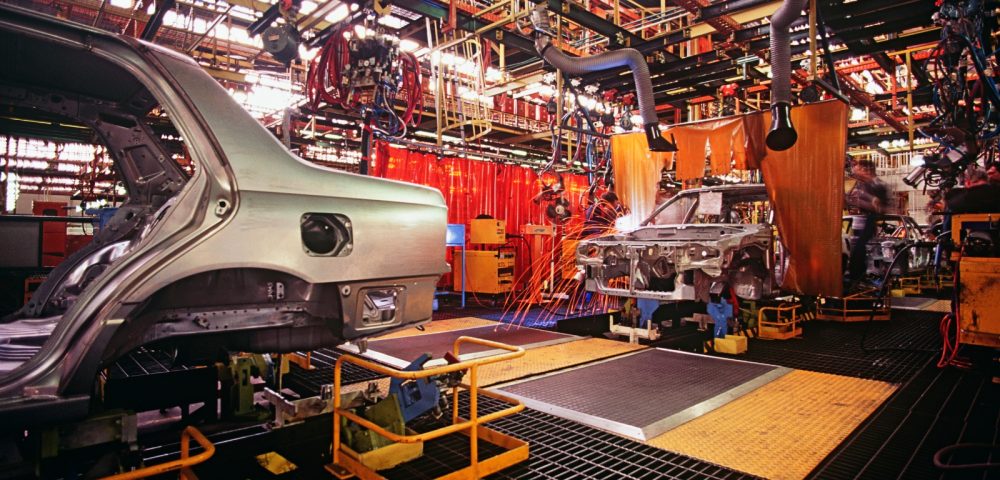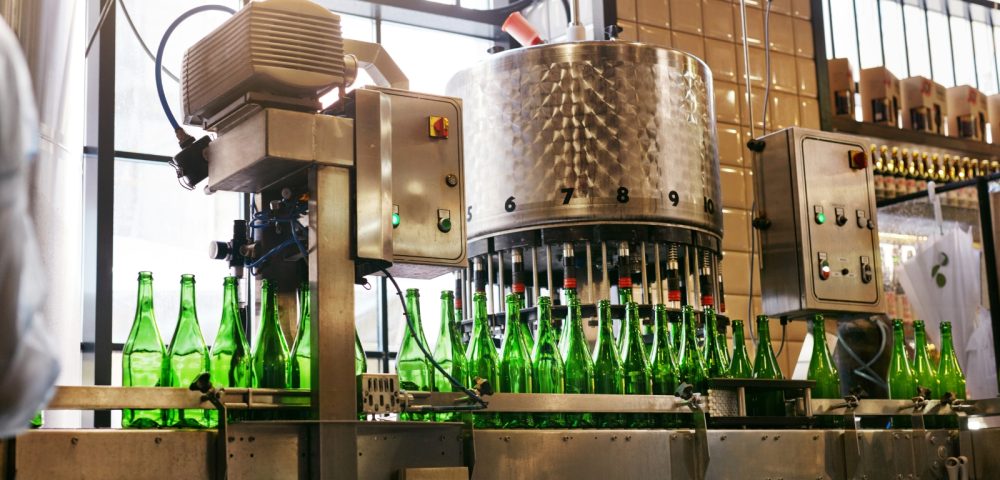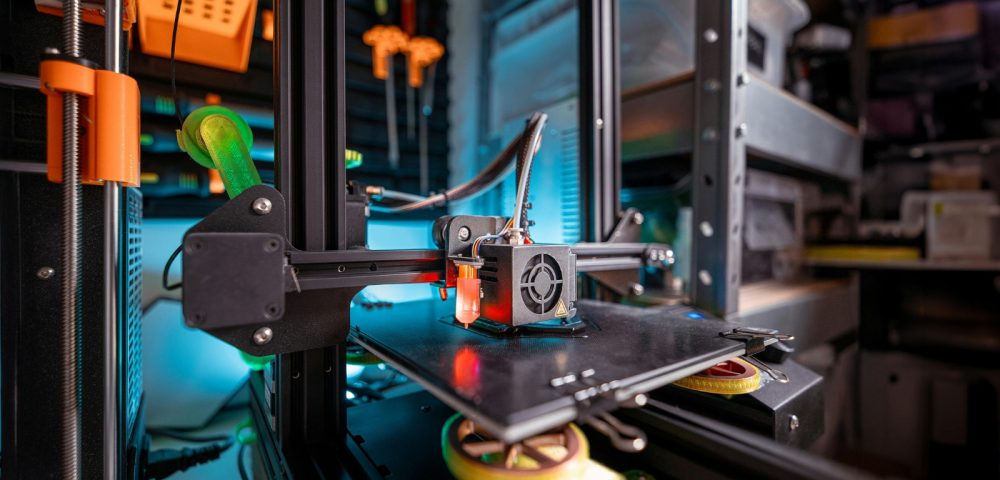Among the many manufacturing processes in the production scenario, how can you choose the right one for your business? You cannot decide which way you should walk down solely depending on the nature of the manufacturing industry you belong to. There are many other factors like customer preferences, market demand, production capacity, etc. However, before coming to a conclusion, it is important to identify the distinguishing characteristics of the key manufacturing processes and methods.
This article will help you gain the necessary knowledge on that.
What is Manufacturing Process?

- This indicates a chain of interconnected actions that bridges the gap between raw materials and the final product. For this, there must be a set of equipment, tools, and manpower put in. This complicated mechanism requires obeying certain established standards, including performance metrics, tolerances, and quality measurements.
- It helps keep the unity of all directions of the manufacturing processes, including workers, machine operation, material flow, and more. Additionally, maintaining consistency and efficiency calls for this collaboration. No matter the size of the company or the complexity of its product line, every company has carefully evaluated and selected a manufacturing process that works for its product and kind of production.
- Additionally, the sort of product being produced may often determine the method used. While some organisations might need complicated mixing or blending operations, others might just need a basic system. But it is rare to see different production methods being applied in different industries or even merging into a single manufacturing firm.
The 16 Best Manufacturing Processes and Methods

Casting
This indicates the exercise of pouring molten metal or material into a mould and letting it gain a shape after it has been cooled down. Manufacturers mainly implement this technology when they need to create some complex elements that are normally expensive.
It is commonly used for automotive components, engine blocks, and complex industrial equipment parts.
Forging
Forging is the process of shaping metal when it is hot or cold using compressive pressures, typically with hammers or presses. The main reason to use such a procedure is to improve the material’s interior grain structure. This will end up offering durability and resistance to the piece. When they produce some high-strength components, ranging from gears, crankshafts, aerospace parts, to specific tools that are used in extreme stress and pressure-filled environments, manufacturers tend to employ forging.
Stamping
Stamping is a practice that involves cutting or shaping flat sheet metal into exact shapes using a press and die. It is extremely efficient for the mass production of parts with consistent accuracy. Stamping is used to manufacture car body panels, appliance components, and metal enclosures. Its cheap cost per unit makes it a cost-effective procedure.
Machining
In this particular process, the manufacturers opt for methods like turning, milling, drilling, and grinding to separate a material from a workpiece in order to give it the required shape. Machining is advisable for prototypes and precision items, as in such cases, exceptional accuracy and fine finishing receive so much value. There are some industries where a precise level of tolerance is important. For example, they use machining for sectors like toolmaking, automotive, aerospace, and medical equipment, etc.
Injection Moulding
This process follows the method of injecting molten plastic or polymers into a mould cavity and letting it cool and solidify stepwise. Then, it simply forms precise shapes. When the central thread of the production is creating the same quality, high-volume plastic parts, the industries turn habitually to this technique. We commonly witness this method in action in areas such as consumer goods, packaging, medical devices, and automotive components, as it grants wings to progress speed, accuracy, and cost-effectiveness.
Extrusion
In the mechanism of extrusion, we can see that it pushes material through a shaped die. This will end up resulting in unceasing lengths with static profiles. We commonly encounter this method in the industries of polymers, metals, and ceramics. When they create productions such as pipes, tubing, window frames, and wiring insulation, it is advisable to employ this. Due to its high material efficiency, shape flexibility, and scalable capabilities, this is the ideal choice for high-volume manufacturing.
Blow Moulding
Blow moulding expands heated substance into a mould cavity to produce hollow plastic objects. When producing tanks, bottles, and containers, as well as when the production needs to be completed quickly and affordably, manufacturers tend to use this. The latter promises consistent density, durability, and, since it offers lightweight designs, many beverage, cosmetic, and packaging companies utilise it.
Additive Manufacturing (3D Printing)
Conjoining materials like composites, metals, and polymers, additive manufacturing lays its capacity towards building objects layer by layer via digital models. Going in a completely different direction from conventional subtractive techniques, this permits flexibility and minimises waste. Prototyping, medical implants, aircraft components, and complex geometries that are challenging to produce can all benefit from it. The procedure encourages creativity, rapid iteration, and flexibility in design.
Compression Moulding
Compression moulding is the act of shaping heated thermoset materials within a mould under high pressure. Once cured, the substance hardens into long-lasting components.
This method is commonly visible in the making process of automobile parts, electrical housings, and rubber products. It is enriched with high strength, heat resistance, and dimensional stability, which is the most valued quality for producing medium to large volumes efficiently.
Vacuum Forming
Vacuum forming is where a plastic sheet takes a flexible form after being heated and then after pulling it tightly over a mould using suction. The sheet maintains its form in the mould as it cools. In general use, we see that this is surfacing in industries like consumer items, car interiors, enclosures, and packaging.
Welding
Welding melts materials, often metals, by applying heat, pressure, or both to form a strong junction. We can take Arc welding, MIG, TIG, and laser welding are some of the techniques available in the scenario. The construction, shipbuilding, automobile, and aerospace manufacturers mainly rely on this method as it goes beyond conventional limits and ensures structural integrity, longevity, and dependability where the element needs to withstand stress, vibration, and other environmental factors.
Brazing and Soldering
Brazing and soldering are simply processes where they link materials by using a filler metal. The significance of the latter is that they use a lower melting point than the base materials. Comparing the two, we can see that brazing needs to occur at higher temperatures than soldering. This will result in stronger joints. The plumbing, electronics, HVAC, and jewellery are the key industries that mainly rely on these techniques.
Powder Metallurgy
Powder metallurgy means the framework of compressing powdered metals into a mould and then letting the particles link together using high temperature. The best benefit of the latter is that it helps produce complicated structures with minimum waste and quite similar quality. Manufacturers deploy such methods in cases like producing automotive gears, bearings, cutting tools, and filters.
Sheet Metal Fabrication
Sheet metal fabrication is the procedure of cutting, bending, punching, and assembling thin metal sheets into finished objects. It is extremely adaptable for creating unique enclosures, ducting, cabinets, and panels. This method is utilised in the building, electronics, and automobile sectors. Its versatility, cost-effectiveness, and compatibility with automation make it an essential method in modern manufacturing.
CNC (Computer Numerical Control) Manufacturing
Precision machining tasks are carried out by computer-controlled machines in CNC manufacturing. Tools are guided by programmes to accurately and consistently cut, drill, or mill materials. In the manufacturing of electronics, medical devices, automobiles, and aircraft, CNC is essential. It is essential for contemporary precision engineering and prototyping because it makes complicated geometries, tight tolerances, and high productivity possible.
Lean/Continuous Flow Manufacturing
Lean or continuous flow Efficiency is highly valued in manufacturing through improved product flow, simplified processes, and waste reduction. It draws upon techniques like Just-in-Time (JIT) production and Kaizen. It is visible that this method is woven through diverse industries, including automotive, electronics, and consumer items. It certifies rapid handoff from maker to market, boosts output, cuts off costs, and enhances quality.
Cerexio MES for Higher Processing Flexibility

Cerexio offers a robust tool for manufacturers to increase the flexibility in their processes with its Manufacturing Execution System. Since the Cerexio solution is powered by Industry 4.0 capabilities, no matter what process you implement, you can streamline workflows from A to Z. If flexibility and reliability of the manufacturing process are your expectations, then Cerexio MES is your ideal choice.
Selecting the Right Manufacturing Process for Maximum Profitability

When you select the incorrect process or method, cost reduction and waste management will be a mere dream for you. Before opting for one decision, compare the pros and cons of your method with deep market analysis. With the suitable processes, there is no limit to your potential in the manufacturing world.
FAQs about Manufacturing Processes and Methods
When the manufacturers select a suitable manufacturing process, they get a higher chance of increasing product quality, production efficiency, cost, and sustainability, etc. These are the main pillars that determine industrial success eventually.
Not to mention that it is indeed a difficult decision. However, when they consider facts like product design, material type, production volume, cost considerations, and required precision, manufacturers can have a rough understanding of what path they should choose.
There is a sudden enthusiasm towards employing technologies varying from robotics, IoT, AI, and digital twins to AR and VR in manufacturing. In a way, they are successful in levelling up industrial efficiency, predictive maintenance and in another way, they are good at real-time monitoring.
